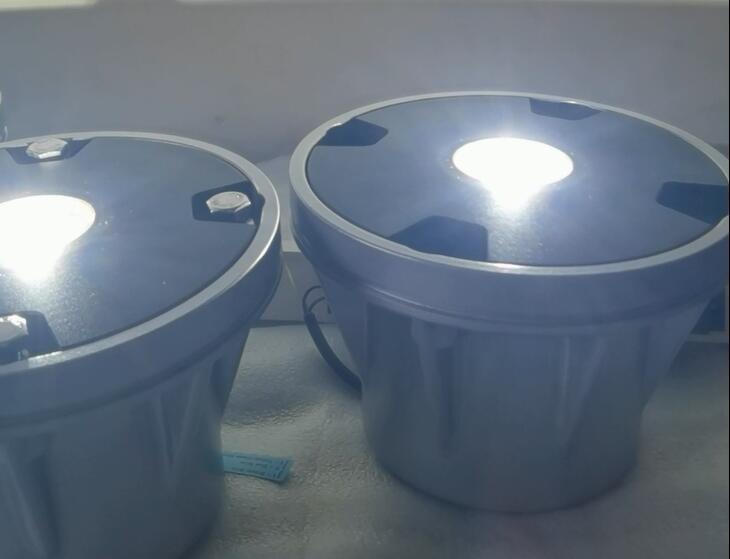The heliport TLOF (Touchdown and Liftoff Area) is a critical component in the design and operation of heliports, ensuring the safe landing and departure of helicopters. As aviation demands increase, the functionality and safety standards of heliport TLOFs are evolving to accommodate diverse operational needs. This article delves into the essential features, regulations, and innovations surrounding heliport TLOFs and their pivotal role in modern aviation.
Understanding the Heliport TLOF
The heliport TLOF is the designated area where helicopters land and take off. It is typically a flat, load-bearing surface designed to meet stringent safety and operational criteria. Positioned within the larger Final Approach and Takeoff (FATO) area, the TLOF must ensure precise alignment and stability for helicopter operations.
Key Features of a Heliport TLOF
Surface Requirements
The TLOF surface must be firm, level, and non-slippery to support the weight and stability of helicopters during touchdown and liftoff.
Materials like reinforced concrete or asphalt are commonly used to withstand the dynamic loads of rotorcraft.

Size and Markings
The size of the TLOF depends on the type and size of helicopters it serves, ensuring sufficient clearance for safe operations.
Clear and standardized markings, including a white perimeter line and the heliport identification symbol, enhance visibility and guidance.
| heliport tlof |
| heliport tlof light |
Lighting Systems
Adequate lighting, including perimeter lights and floodlights, is essential for nighttime and low-visibility operations.
Green lights are often used to delineate the TLOF boundary, adhering to international aviation standards.
Load-Bearing Capacity
The TLOF must support the static and dynamic loads of helicopters, factoring in landing impacts and potential emergencies.
Regulations Governing Heliport TLOF
Compliance with aviation regulations is paramount in heliport TLOF design and operation. Key guidelines include:
International Civil Aviation Organization (ICAO)
ICAO’s Annex 14 provides comprehensive standards for heliport TLOFs, covering dimensions, markings, lighting, and obstacle limitation surfaces.
Federal Aviation Administration (FAA)
In the United States, the FAA’s Advisory Circular 150/5390-2 outlines criteria for TLOFs at private and public heliports.
Local and National Standards
Many countries have additional regulations tailored to their unique aviation environments, ensuring localized safety and operational efficiency.
Challenges in Heliport TLOF Design and Operation
Despite their critical role, heliport TLOFs face several challenges:
Urban Constraints
In densely populated areas, space limitations and zoning restrictions can complicate TLOF placement and size.
Environmental Factors
Weather conditions, such as snow, rain, and high winds, demand resilient surfaces and advanced drainage systems.
Technological Integration
Incorporating modern technologies, such as automated lighting systems and real-time monitoring, requires significant investment.
Innovations Shaping the Future of Heliport TLOF
Technological advancements are driving significant improvements in heliport TLOF design and functionality:
Smart Materials
The use of smart, self-healing materials can extend the lifespan of TLOF surfaces while reducing maintenance needs.
Automated Systems
Integration of automated lighting and obstacle detection systems enhances safety and operational efficiency.
Green Solutions
Sustainable practices, including solar-powered lighting and eco-friendly construction materials, are becoming standard in TLOF design.
Enhanced Training Simulations
Virtual reality (VR) training tools enable pilots and ground staff to familiarize themselves with specific TLOF layouts and procedures.
The Importance of Regular Maintenance
To ensure continuous safety and functionality, heliport TLOFs require regular inspection and maintenance:
Surface Repairs: Addressing cracks, wear, and tear promptly to maintain load-bearing capacity.
Lighting Checks: Ensuring all lighting systems are operational and meet brightness standards.
Marking Updates: Repainting faded markings to retain visibility and compliance.
The heliport TLOF is a cornerstone of helicopter operations, providing a safe and reliable platform for landings and takeoffs. As the aviation industry continues to evolve, the design and management of heliport TLOFs must adapt to meet emerging challenges and opportunities. By integrating innovative technologies and adhering to stringent safety standards, heliport TLOFs can enhance operational efficiency while ensuring the highest levels of safety. Through continuous improvement and collaboration, the future of heliport TLOFs looks brighter than ever.